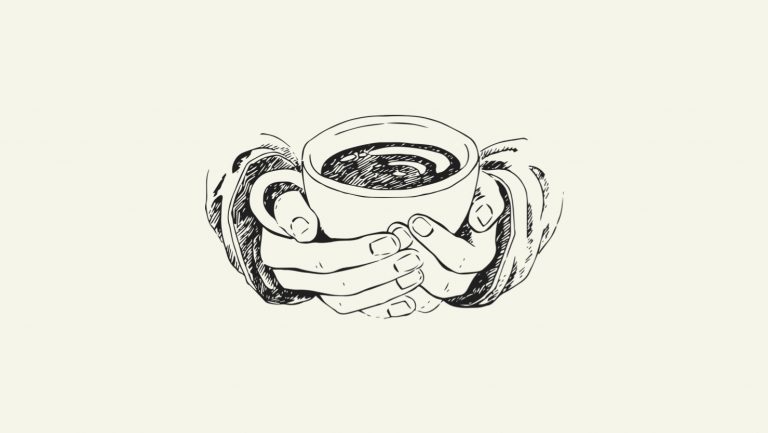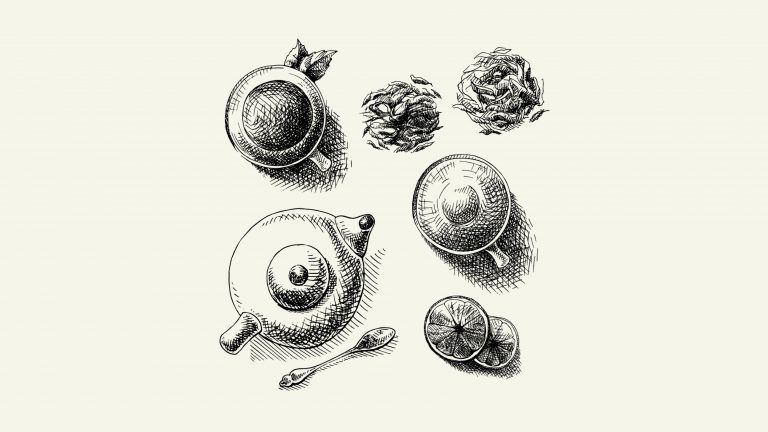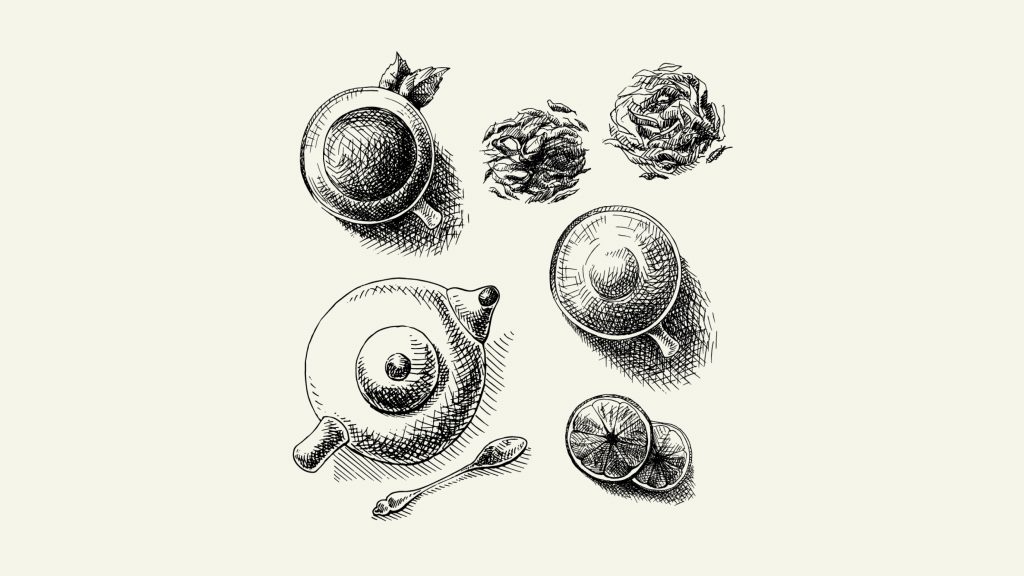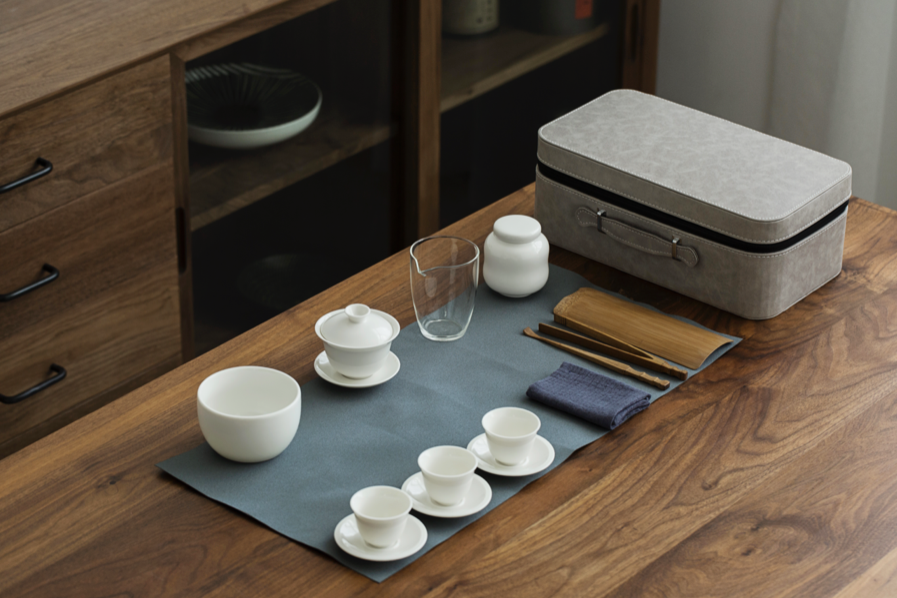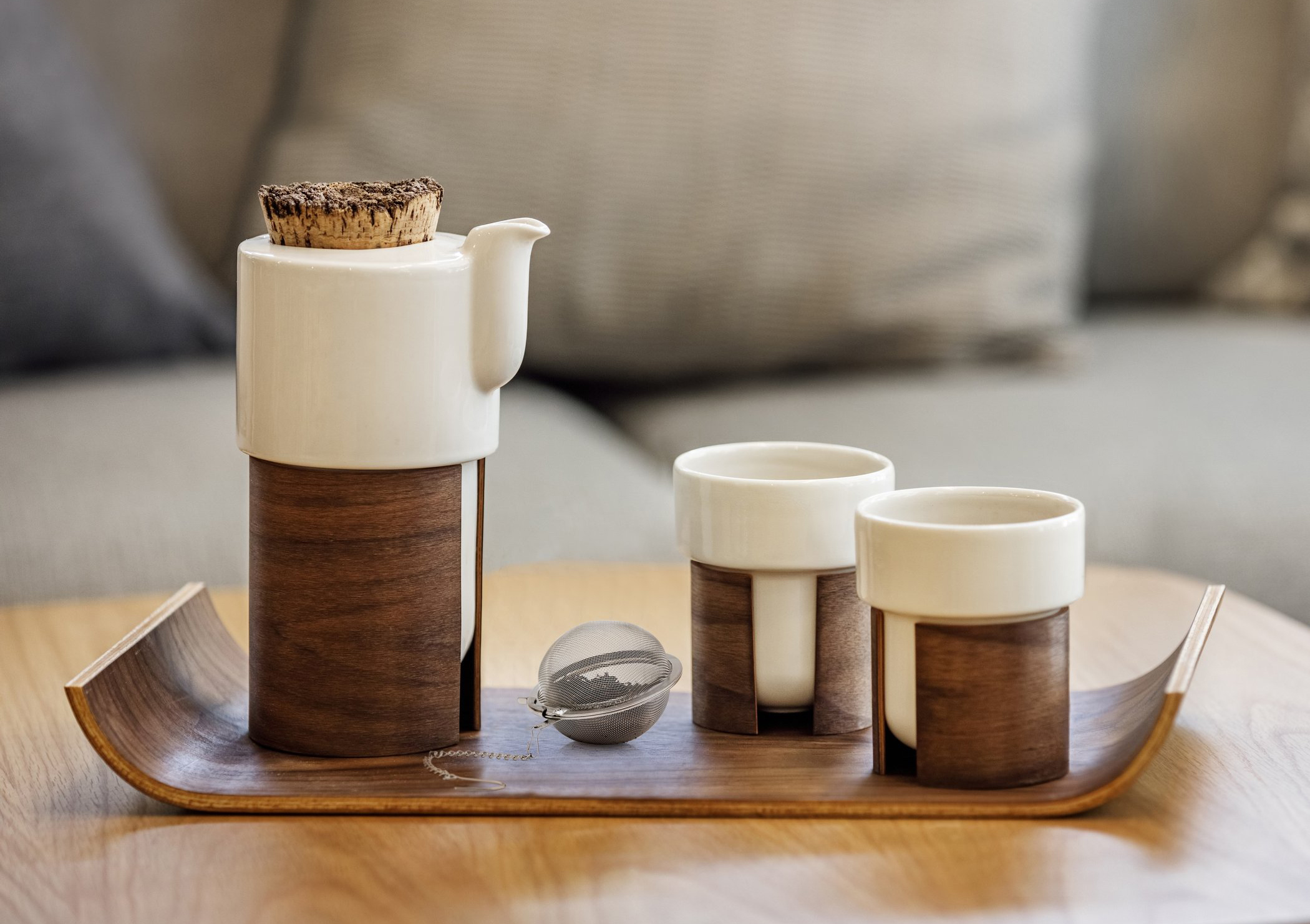Tea brewing, in essence, is a type of art. Therefore, it is important to understand that teawares are as much a collectable item as they are a functional enhancement of your tea practice.
It is perhaps common knowledge that the first step to a great steep is by selecting a premium grade of tea. The second step is boiling water to the correct temperature so you can steep the leaves without burning or weak-watering them. The final step, before ultimately enjoying your cuppa, is to brew and serve it using teaware that will elevate your tea taste.
Using different teawares will bring out distinctive, authentic flavours and textures. Below are a few of the most common ways to serve tea.
Oriental: Gongfu Tea
Gongfu tea is your next level tea practice. Having originated in China from the Song Dynasty, it is the most traditional way of serving tea. The name itself, gongfu, refers to an artful practice that requires great skill and discipline.
Gongfu tea sets are often aesthetically pleasing, setting up, from the onset, an oriental, ceremonial way to appreciate tea.
The full ceremonial tea methods are fairly intricate and it is itself, a cultural art, which won’t be covered in this post. But in its simplest form, it is the brewing of tea in a small pot, filled generously with tea leaves, and quickly replenished with water for frequent, quick brews. Characterised by multiple infusions of the same tea, the flavours of the brew can be controlled to suit. The tea is filtered through a shelf into a tea pitcher, which is then poured and served in a small, shallow cup.
As it requires the repeated refilling of the cup, it is a great meditative, relaxing approach to really enjoy tea.
Gongfu tea is suitable for all types of tea and brings out the best of black, green and white teas.
Western: Ceramic Teaware
While ceramic teaware has been in use in China from early ages, European designs have made it very much part of its history. Ranging from the most iconic English afternoon tea elegance of fancy teacups and saucers to the modern affairs of porcelain tableware.
The best porcelain teaware of choice is glazed and non-porous. This ensures the aroma and taste of the tea leaves are not absorbed and lost when brewed. Choose clean colours, like white, as it truly allows you to appreciate the hues of the liquor.
We recommend thinner ceramic, or glass, teaware when brewing green teas as it retains less heat and enhances the taste. Indifferently, if brewing a black tea, use thicker-walled vessels to capture the deep, decadent well-rounded flavours.
Cold Brew:
The practice of cold brewing tea is said to have originated in Japan and is based on the idea of maximising the natural benefits of the leaves by not scalding them with hot water. Requiring an extended brew time, so the leaves have plenty of time to steep in cold or room temperature water. The results are often a smooth, fuller taste, reduced caffeine and increased antioxidants.
Glassware, such as a pitcher, is recommended for cold brewing tea, especially of the Japanese green varieties. While all tea types are suitable for cold brew, many find that sweeter teas, especially infusions make an ideal cup.
Cold brews are also an ideal alternative to enjoy tea during the warmer seasons.
Ultimately, the enjoyment of tea is an intimate affair. So find your personal way to appreciate your next cup.
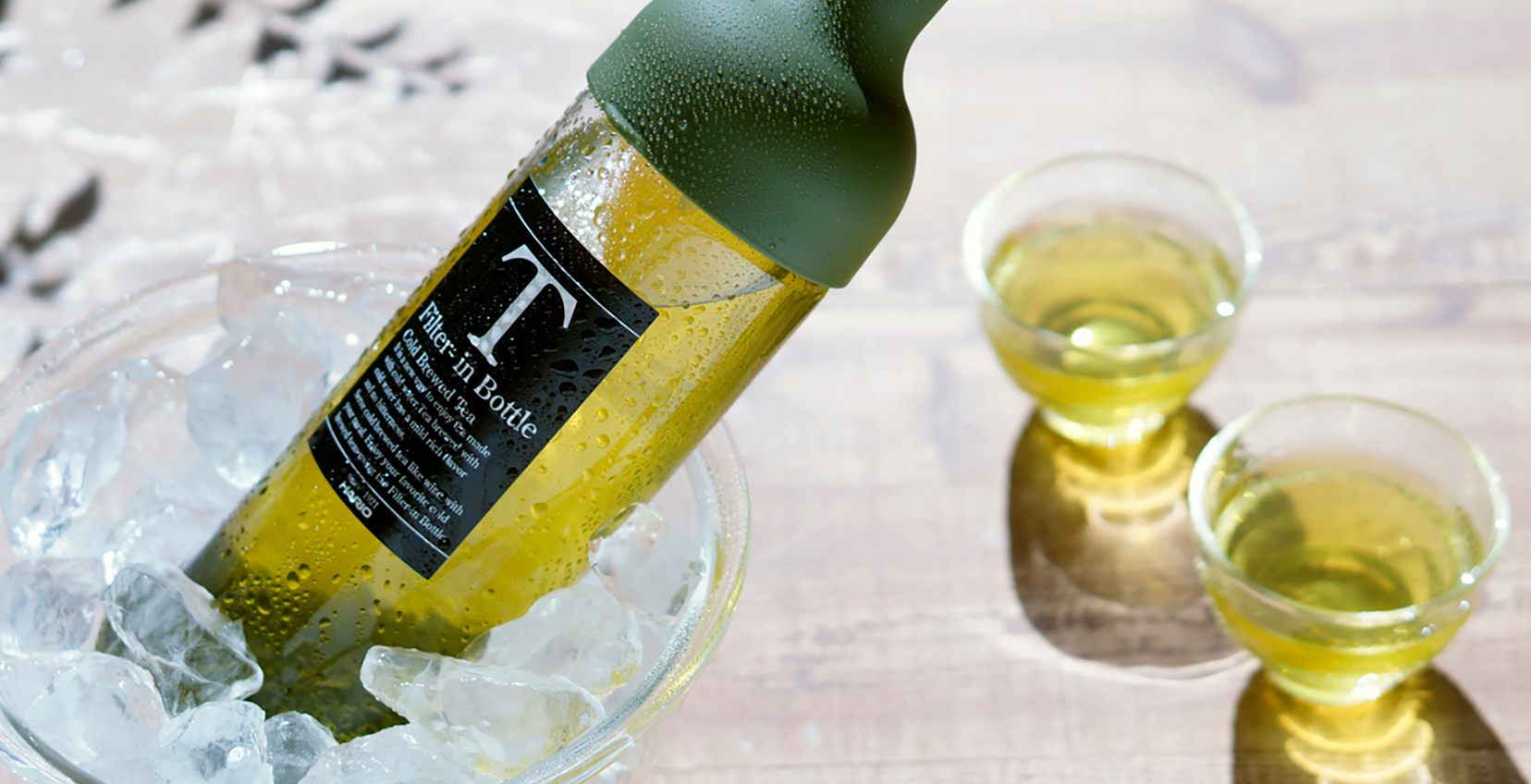
“Tea is the elixir of life.”
– Eisai, Kissa Yojoki

